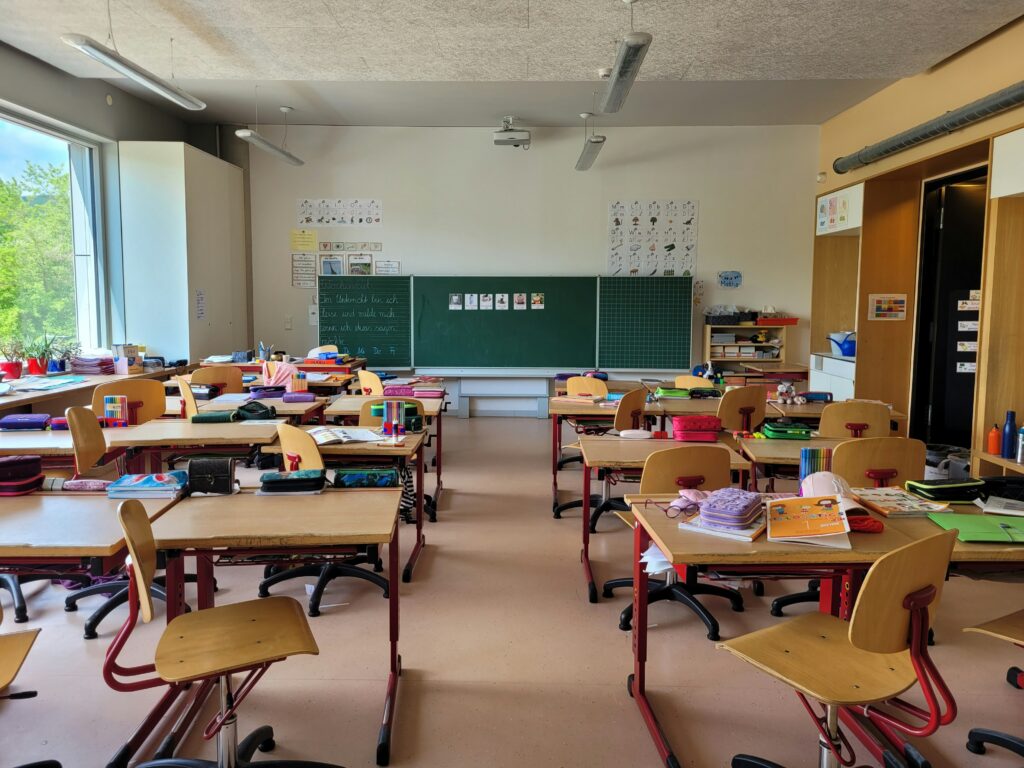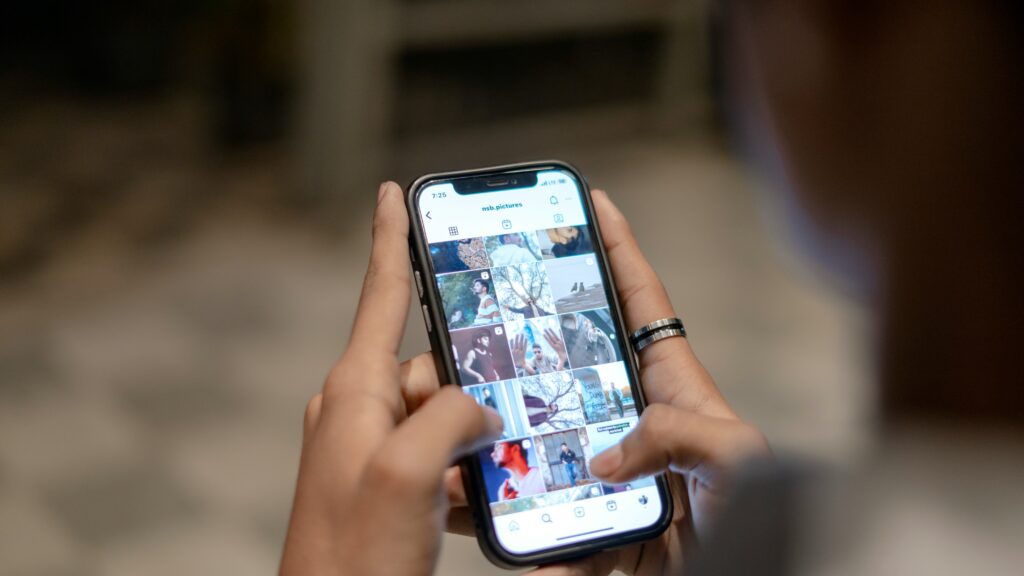Posts in Category: EDCI338 – Social Media and Personalized Learning
Blog Post #3 – Personal Learning Networks and Inclusion
As both a student and an educator, the concept of inclusion has shaped how I see learning communities—whether I’m in a classroom supporting neurodiverse children or in a university seminar refining my own practice. For me, inclusion means more than access; it’s about creating spaces where learners feel seen, valued, and capable of participating in ways that align with their strengths. Shelley Moore’s idea of inclusion as “a shift in how we design, not who we design for” resonates deeply with me. It challenges the tendency to retrofit accessibility onto rigid systems, reminding me that true inclusion begins in the planning stage.
The One Step at a Time article on Universal Design for Learning (UDL) reinforced this. It described UDL as a proactive framework—one that anticipates difference rather than reacts to it. As a support worker for children with autism, I’ve seen how flexible instructional design can turn potential barriers into opportunities for engagement. Simple adaptations—visual aids, movement breaks, or multiple ways to demonstrate understanding—often make learning richer for everyone, not just those with identified needs. The article’s emphasis on “incorporating the different needs of learners into design” mirrors what I strive to do in my daily work: meet students where they are instead of expecting them to conform to a single way of learning.
At the same time, as a post-secondary student navigating my own digital spaces, I’ve come to see how Personal Learning Networks (PLNs) play a role in inclusion, too. My PLN—through OpenEd blogs, social media educators like Jesse Miller, and online communities of teachers and learners—offers diverse perspectives that continually reshape my understanding of equity and access. Following educators like Shelley Moore or Catlin Tucker has shown me that inclusion extends beyond physical or cognitive accessibility; it’s about voice, agency, and connection. When I engage with others who design flexible, student-led learning, it reminds me that personalization and inclusion are intertwined.
Week 6’s focus on PLNs in practice also made me reflect on how these networks need structure and openness. The most valuable professional connections I’ve formed are those that invite dialogue rather than prescribe “right answers.” Building an inclusive PLN means intentionally seeking out educators, advocates, and communities whose lived experiences differ from my own—whether that’s through disability advocacy, Indigenous education, or multilingual classrooms. These relationships help me imagine what inclusion looks like in contexts beyond my own and keep me accountable to the values I hope to model in my future classroom.
Ultimately, I see my PLN as a living ecosystem—one that grows as I do. It reminds me that inclusion isn’t a fixed outcome but a continual process of listening, adapting, and learning from others, one connection at a time.

Blog Post #2: Reflecting on My Digital Identity
Two Sides of Me Online
When I think about my digital identity, I see two sides. On one side is my personal self — someone who shares photos with friends, follows dog accounts, and uses social media to stay connected with family and trends. On the other side is my professional self — the student who maintains a WordPress portfolio, writes blog posts like this one, and follows educators online to build ideas for teaching.
These two identities aren’t completely separate. Sometimes they overlap in ways that feel natural, like when I share a teaching resource that excites me, or when I post about finishing a big paper. But at other times, they feel like they’re in tension. For example, I’ve caught myself wondering: Would this post be seen as too casual if a future employer read it? Or, does my personal humour align with the professional image I want to present?
Being Intentional
So far, I’d describe my approach as semi-intentional. I’m not someone who plans every tweet or post, but I do think about audience. If it’s something meant for classmates or future colleagues, I try to keep my tone professional but authentic. If it’s something more personal, I share it in spaces where the audience is closer to me. Taking the Digital Tattoo quiz helped me see my habits more clearly — I use social media in a way that blends connecting, browsing, and occasionally creating. That mix reflects how I see myself: not fully a “visitor” or a “resident” (to use David White’s framework), but somewhere along the continuum depending on context.
Looking Ahead
What I’ve realized through this course is that my digital identity isn’t fixed. It will continue to evolve as I move into teaching, and I want to be more intentional in curating it. My professional identity will likely become more visible — through lesson ideas, networking, and possibly engaging in teacher Twitter or LinkedIn groups. At the same time, I don’t want to lose the personal side, because authenticity matters. As the readings reminded me, digital identity is always shaped by participation, sharing, and connection. For me, that means finding a balance where both my personal voice and my professional goals can co-exist.
In the end, I see my digital identity as less about keeping two separate versions of myself, and more about deciding which parts of myself to show in different contexts. Like a teacher stepping into a classroom, I want to present myself online in ways that are true to who I am — but also mindful of the audiences watching.
Images below: These two images symbolize the balance between my personal presence on social media and my professional identity as a future educator.

Blog Post #1: Personalized Learning in My Own Words
What Personalized Learning Means to Me
When I think about personalized learning, I see it as a balance between structure and choice. It’s not about throwing out standards or goals—it’s about creating space for students to connect learning to their own lives, interests, and needs. That’s what makes learning stick.
How I’ve Experienced It
One clear example for me comes from a sociology course I took last year. For my final paper, I was able to use my own experiences within a capitalist system and connect them with current articles in academia to build a research essay that felt both rigorous and authentic. The assignment framework was the same for everyone, but the freedom to personalize the topic gave me a sense of ownership over the work. Instead of just checking a box, I was building something meaningful.
This is what personalized learning feels like in practice: the mix of guidance and choice that pushes me to engage more deeply.
Where PLNs Fit In
In our readings for EDCI 338, Green (2016) describes Personal Learning Networks (PLNs) as formal and informal networks where people with similar goals collaborate, share resources, and learn together. I like to think of PLNs as webs of connections—threads linking me to people, tools, and ideas that expand my learning beyond a single classroom. For example, I follow teachers on Instagram who share literacy strategies and playful math activities. Those posts become part of my web, giving me practical insights that I can filter and personalize to fit my own goals. What makes it powerful is that I get to choose which strands of the web matter most to me, building a PLN that feels both flexible and personal.
Of course, there are challenges too. Social media can easily slide from purposeful learning into distraction. I’ve noticed that when I use it with intention—searching for strategies or perspectives—it becomes a valuable part of my PLN. When I scroll passively, it doesn’t add much. That intentionality feels like another layer of personalized learning: knowing my goals and choosing resources that support them.
Why It Matters
What I take away from these experiences is that personalized learning isn’t just a K–12 idea—it’s shaped my university experience and will continue to shape how I learn and teach. Having choice and ownership in my sociology paper made me more invested in the outcome. Building PLNs through social media lets me expand my learning beyond the classroom.
As I prepare to become an educator, I want to carry these lessons forward. I want students to feel the same sense of ownership I’ve felt—because learning feels most powerful when it connects to who we are and what we care about.

References
Green, C. (2020) “Chapter 5: Personal Learning Networks: Defining and Building a PLN” in Learning in the Digital Age by Tutaleni I. Asino. Oklahoma State University. https://open.library.okstate.edu/learninginthedigitalage/chapter/personal-learning-networks_defining-and-building-a-pln/

Recent Comments